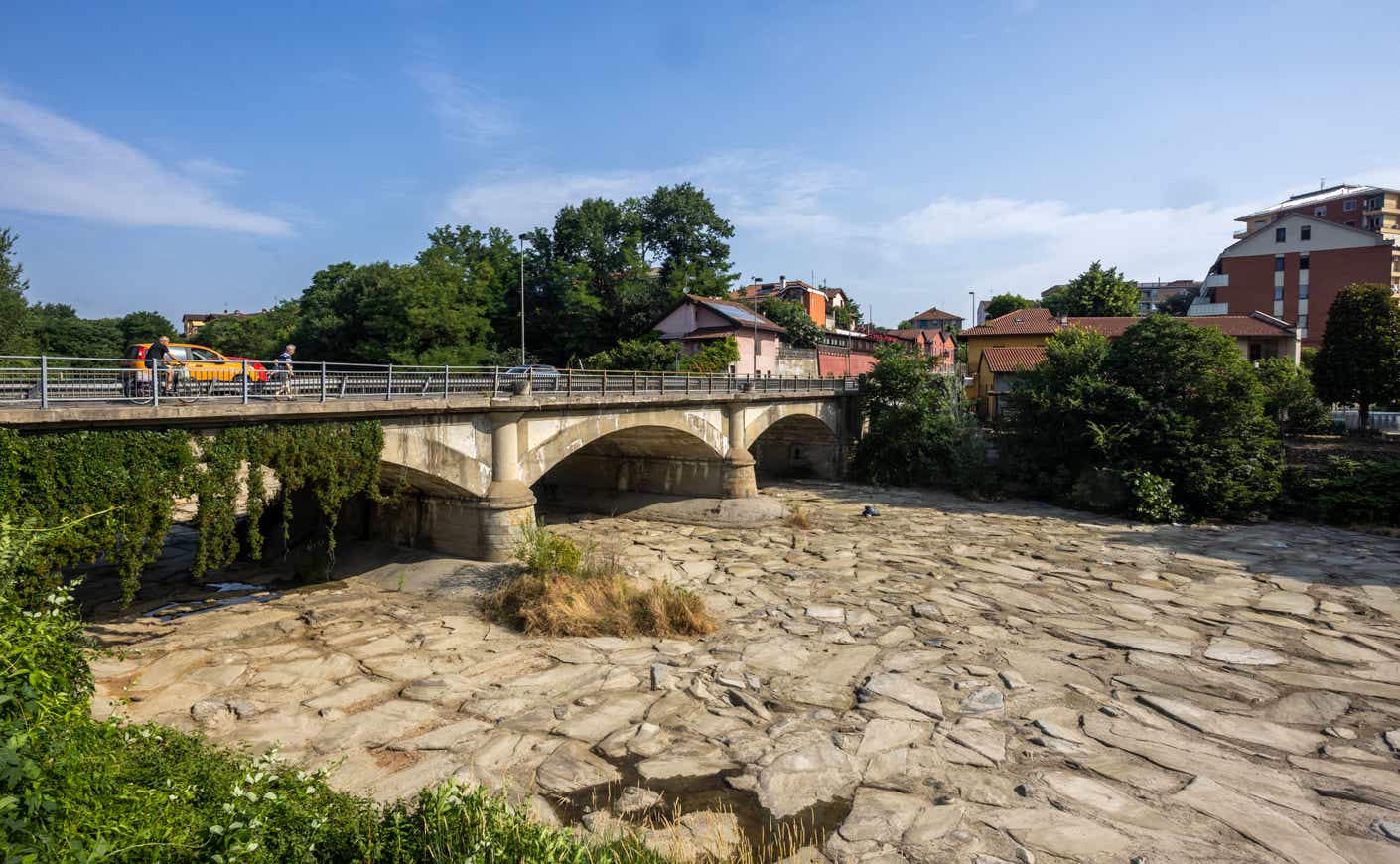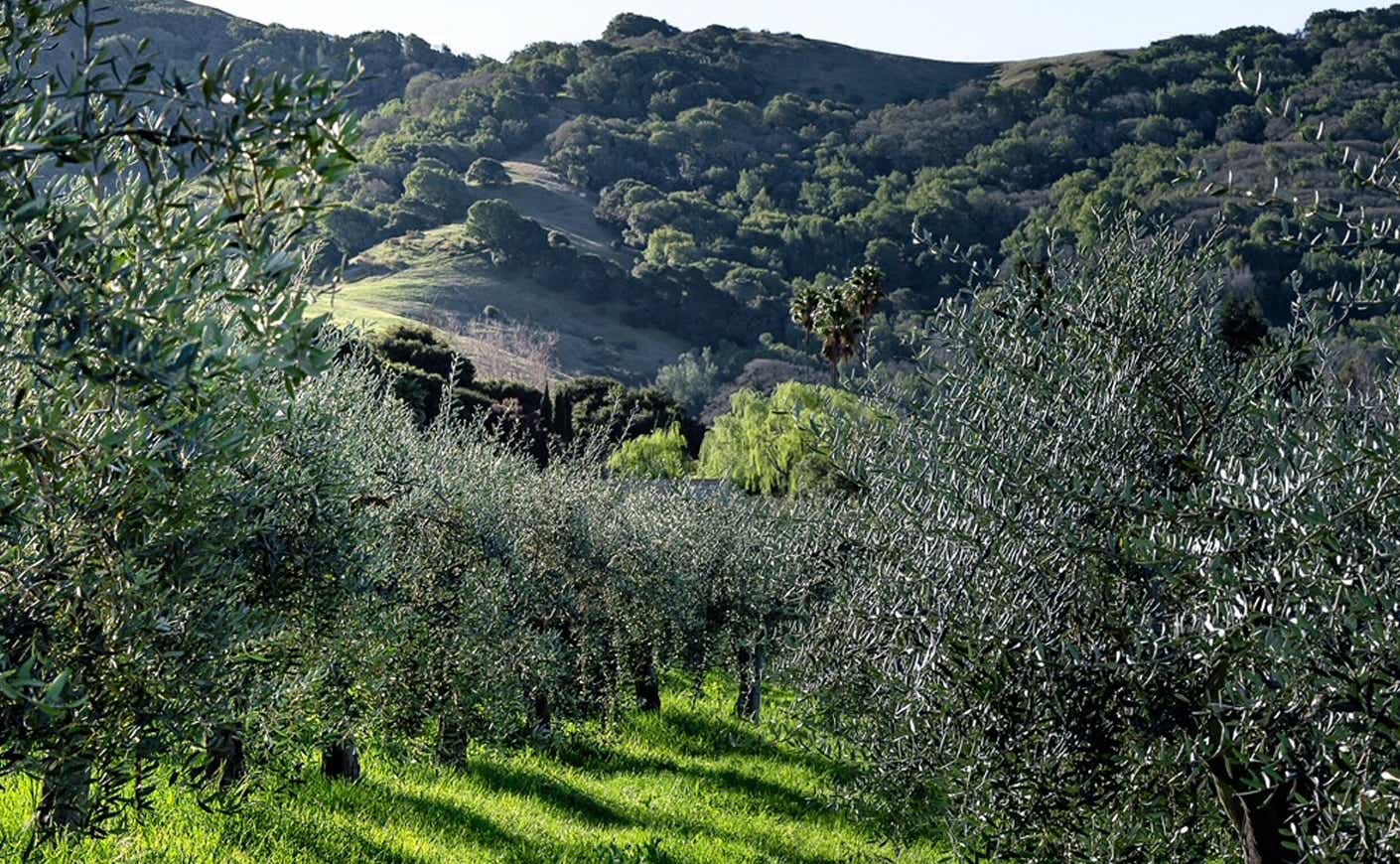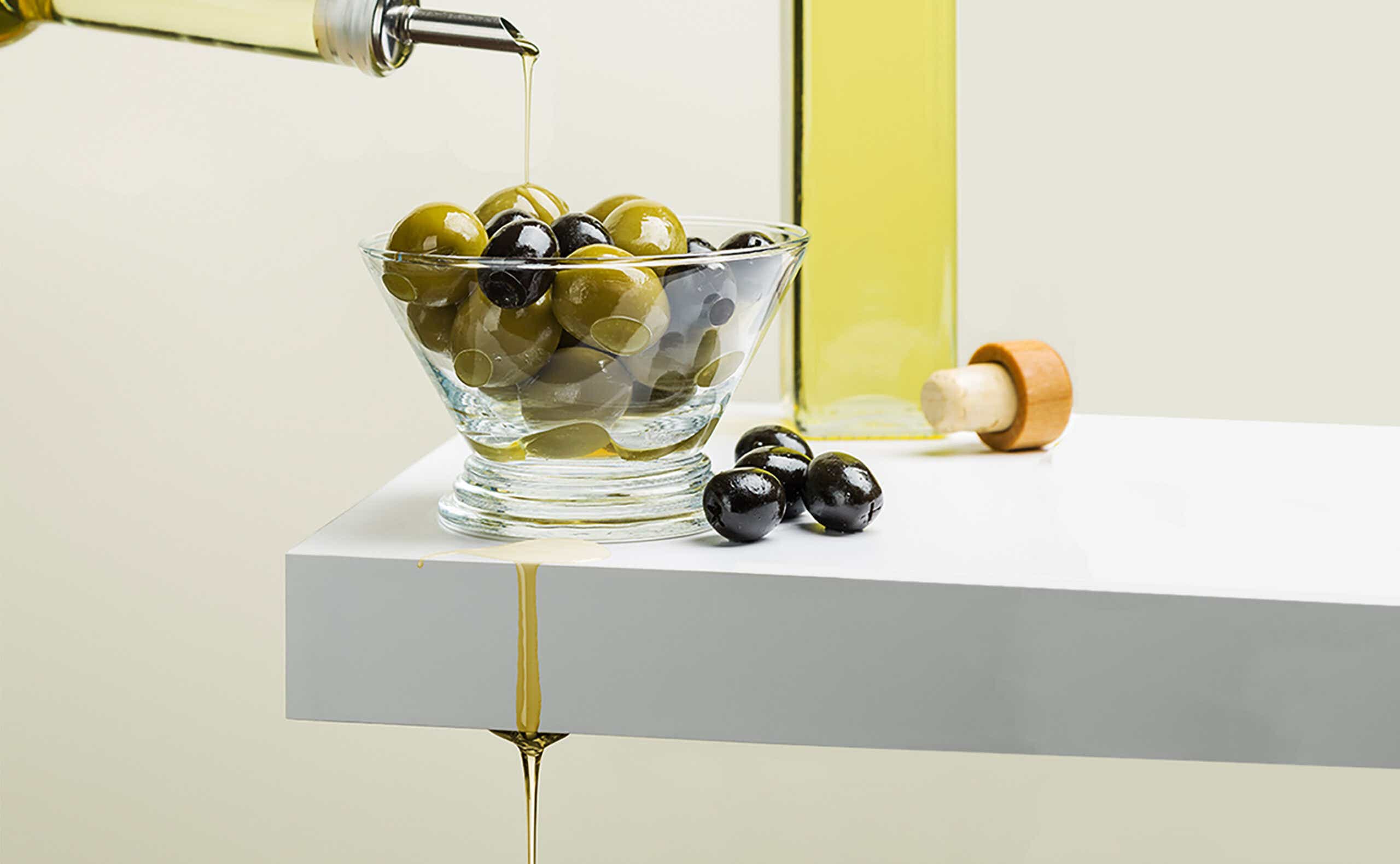Picture this: It’s a warm summer evening and you’re preparing a refreshing vinaigrette to pour over an arugula salad. You’ve combined a healthy dose of balsamic vinegar with a squeeze of fresh lemon but as you move to add the olive oil — the most important element of any salad — you realize that the bottle feels distressingly light. You’ve run out of the extra-virgin — a remarkably versatile substance that can be drizzled over all manner of meals to instantly add body or used as an all-purpose cooking ingredient. This is a common stressful occurrence, but an international olive oil shortage can turn it into a dreadful disaster. And it might not be that far off: A historic drought in Europe has savaged the fruit in some regions, which might make your next bottle a bit pricier.
In a small olive orchard in Arezzo, a city in the east of Tuscany, the combination of the parched conditions and the unrelenting heat this summer has caused about half of the fruit — once destined to be processed into boutique olive oil — to fall prematurely from the trees, says oleologist Nicholas Coleman. And similar tales are echoing across Europe. In Valencia, Spain, so little of the crop remains viable that farmers are weighing whether to just skip the harvest altogether. In France, growers expect to see their harvests halved. And Spain — the world’s largest producer of olive oil — is predicting a decline in production of as much as 38 percent compared to last season, Mintec analyst Kyle Holland tells us.
The Rhine, the Po, and Europe’s other great rivers have been reduced to trickles amid what’s shaping up to be the continent’s worst drought in more than 500 years. It’s crippling all manner of crops, from tomatoes to corn, but when the olives go, too, it’s an indication of a particularly cruel summer.
That’s because olives are an exceptionally resilient fruit, says Javier Salvador Fernandez, the executive director of the Olive Center at the University of California Davis. The trees are remarkably hardy and they require very little water.
The rain in Spain…
But weather patterns are changing. In the northern reaches of the olive’s traditional territory — like Tuscany and northern Spain — where they’re used to having a little bit more water to work with, this drought has been punishing for their production. Further south — including Northern Africa — farmers are used to drought. The problem now is that when it rains there, it pours — literally.
“They’re still getting water there, but they’re getting it at the wrong times,” Fernandez says. “Within three days, they might get what they used to get over two months. And it’s in a huge downpour that erodes the soil and creates flash flooding.”

The other issue is that it’s becoming so much hotter than it once was, particularly in the Mediterranean region. Take the conditions in Israel, for example. There, during an average spring it’d get up into the 80s or 90s, but in the past decade, there have been days where it’s reached 100 degrees during the crucial pollination period. “At that point, the flower shuts down, the fruit doesn’t get pollinated and your yield just plummets,” Fernandez says.
Researchers are attempting to breed more heat and drought-resistant olives, an endeavor that could take decades, and are toying with new irrigation methods.
But as the world gets hotter and the weather more volatile, “there isn’t really a lot more than can be done in terms of efficiency,” says Paul Vossen, an agriculture consultant and former advisor at the University of California Cooperative Extension Farm.
What it means for your wallet
Predictably, olive oil has become more expensive. Holland, an analyst who keeps tabs on the price of the commodity, says it’s already reached a level not seen since August 2017 — another bad harvest year. Projecting out, Holland’s sources think that with the yield this low, the price of Spanish extra virgin olive oil could reach an all-time high by next year. The price currently sits at about 3.8 euros a kilogram ($3.78) but it could reach 4 to 4.2 euros. That would be the highest level Mintec (a U.K. based firm that tracks food commodity prices) has seen since it started recording prices 20 years ago, Holland says.
But a lot will come down to what happens over the next few weeks, says Joseph Profaci, the head of the North American Olive Oil Association. Whether growers will get an adequate amount of rain or more blistering heat, “everyone’s a little anxious to see what happens,” he says.
And what’s happening across the pond will undoubtedly impact prices here in the U.S. considering about 95 percent of olive oil consumed here is imported. Already prices have been creeping up since the pandemic, because of supply-chain issues and a sudden spike in demand during lockdown. As restaurants closed, many Americans began experimenting in the kitchen, Mouna Aissaoui, the COO of America’s largest olive oil importer Pompeian, tells us. As a result, they saw a surge in sales of anywhere between 30 to 50 percent in some regions.
Aissaoui is among those eagerly awaiting the results of the harvest. But she says it’s already clear that with the heat wave they’re going to be in for a difficult year.
The “crop of the future”
The popularity of olive oil in the U.S. has never been close to what it is in Europe. But interest here is growing. Currently, a meager 5 percent of what’s consumed here is made here, but there does seem to be increasing demand for a locally-grown product.
Olives have been growing in California since the late 15th Century when they were brought by Spanish missionaries. The state’s central valley and the coastal regions in the north have an ideal climate for olives. But growers in California only really got serious about production in the 90s, Fernandez says, and the amount of home-grown olive oil has slowly ticked up since.
“Before that, we weren’t even a drop in the bucket,” he says.
Farmers in other parts of the country have also tried their hand at growing the crop, to mixed results. In the mid-2000s, growers in Florida, who are still contending with citrus greening — a disease that’s systematically killing off the state’s storied crops — were eager to see if they’d have any luck with olives. But the fact is, Vossen says, the trees just don’t do well there with the summer rain, high humidity, and without a sufficient chilling period. Texas has seen some success, but Vossen says he’s wary of the conditions in the interior parts of the continent. He pointed to the state’s devastating freeze last year, which one farmer said had killed every one of his trees “from the ground up.”

The Mediterranean climate in California, however, suits the olive just fine, and at present, there’s about 40,000 acres of olive trees in the state, according to Kimberly Houlding, president and CEO of the American Olive Oil Producers Association. Although obvious challenges remain, chief among which is the water problem. Samantha Dorsey, the president at McEvoy Ranch, an organic farm that’s grown olives in Petaluma, Calif. for 30 years, says it’s becoming harder and harder as rain becomes more scarce.
“It’s been pretty brutal,” she says. “We’ve had some pretty tough years where we’ve had very, very little water to work with and very low crop loads.”
Still, many believe that if climate change continues to keep California this dry, olives may well be the “crop of the future,” Fernandez tells us. Water scarcity just may incentivize more farmers to switch over from really water-reliant crops like apples and cherries to olives. And Houlding contends that if they do, there’s certainly a market for locally produced olive oil.
A California product may not have the cachet or “romance” of an olive oil from Italy or Spain, regions with a long history of working with and elevating the substance. Still, Houlding says that what’s made in California is really high-quality stuff.
“There’s certainly a large growth opportunity within the domestic industry,” she says.









